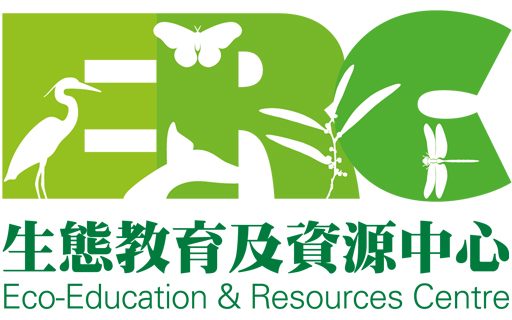a. Black Kite Survey
Black Kite, the bird best represents Hong Kong, is the most common medium-sized raptor of Hong Kong. Summing up the long coastline and two hundred islands of Hong Kong, this creates a coastline of a total length of 1000 km. With forty percent of total land use in Hong Kong being the country park, and distribution of artificial habitats such as landfills and typhoon shelters, these all add up to the diverse feeding and breeding grounds for Black kites, as well as excellent shelters for the migratory visitors that flew from the north every winter, making Hong Kong an important habitats for Black kite in South China.
To understand more how the change in the environment of Hong Kong would affect the ecology and the food chain of Black kites, we have started a systematic research on the population and distribution of Black kites in Hong Kong since 2015. We also developed a mobile application to organise Black Kite Survey workshops for the general public. By means of citizen science, we record the numbers of the raptors and other ecological data in a systematic fashion, gathering detailed data for future policy making in Black kite conservation.
b. Coral Rehabilitation
Coral communities are the vital component in the marine ecosystem. There are about a quarter of marine organisms living among the corals according to research. Extreme weathers resulted from global warming exacerbates nowadays, for instance, severe tropical cyclones bring devastating damage to the vulnerable coral communities, especially for the ones living in the Hong Kong coastline
Since 2015, considering the dire threat facing by the coral communities in Hong Kong, we have launched the “Coral Rehabilitation Project”. After thorough surveys and researches on the coral habitats in Hong Kong, we have chosen Double Island, which situated in the northeastern water in Hong Kong, as an experimental restoration site. Through the cooperation of CSR programme, we have conducted over twelves diving fieldworks with the corporate colleagues.
In a marine survey on August 2019, we have found promising result in which health growth in observed in one of the coral samples. With such feasible method, we hope to exert ourselves more to help preserving the marine wildlife in Hong Kong, in 2020, we are going to increase the scale of the coral restoration project in order to achieve more prominent result.
c. Exploring Shorelife
At a coastal watch event on 2004, we have found that local citizens are intrigued by the intertidal wildlife. To lead the citizens to experience the various coastal habitats in Hong Kong, we have organized “Exploring Shorelife” to visit and learn more about the diverse coastal life. Through an interactive lecture, we set up transects and conducted simple sampling and fun little experiments to experience a day in the life of a biologist. We hope understanding the unique features of the marine life in this excursion can promote the public awareness in coastal conservation.
d. Sea Grass Watch
Back in the 90’s, seagrass surveyors have found that there are seagrass colonies of high ecological value in more than forty spots in the coast of Hong Kong. Those were the bygone days. Under rapid urban development, would there still be much seagrass left today? As a main purpose of this seagrass monitoring project, through a 4-year field monitoring, we have found that only half of the seagrass-rich spots left in Hong Kong and there is an urgent need to start the policy making process for seagrass preservation. On the other hand, raising the public awareness on seagrass ecology and gathering support for seagrass preservation are the other main purposes of this monitoring programme.























